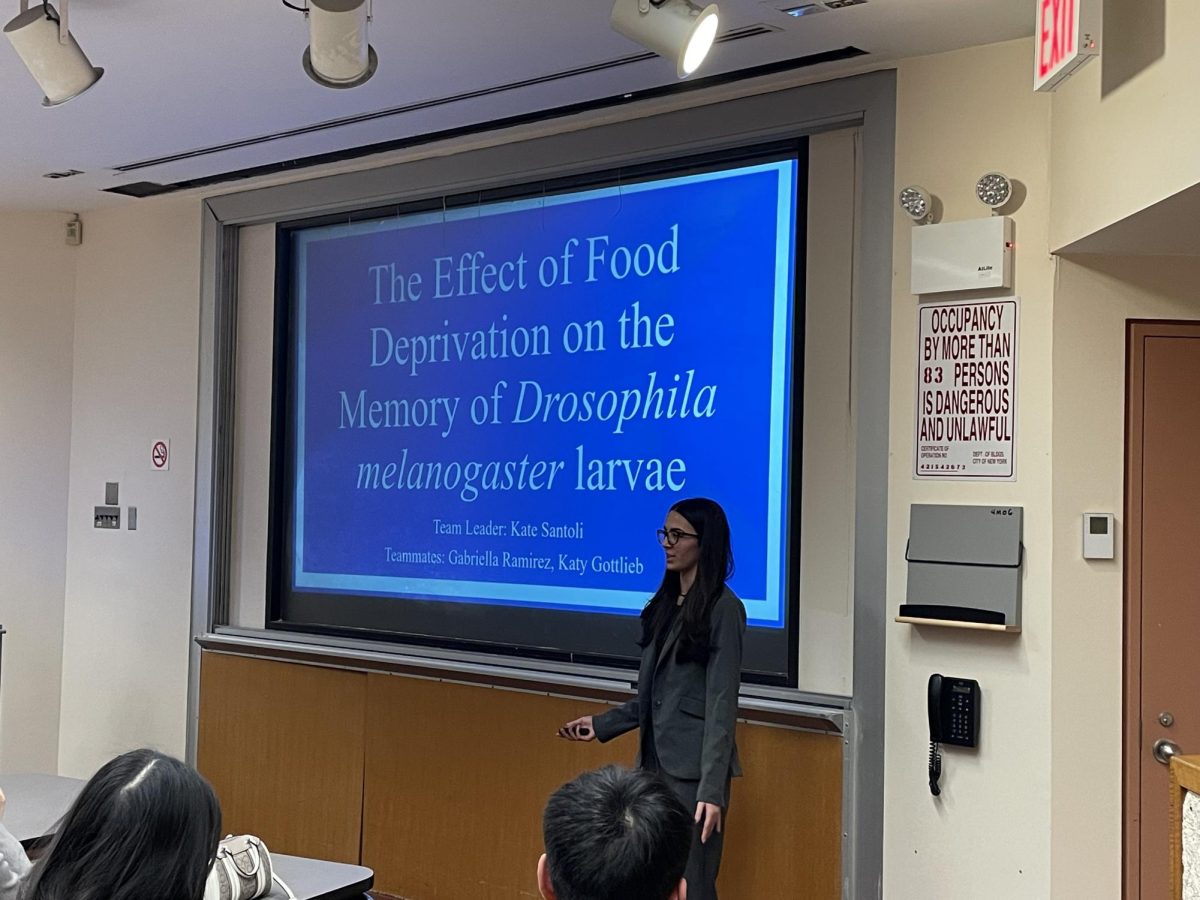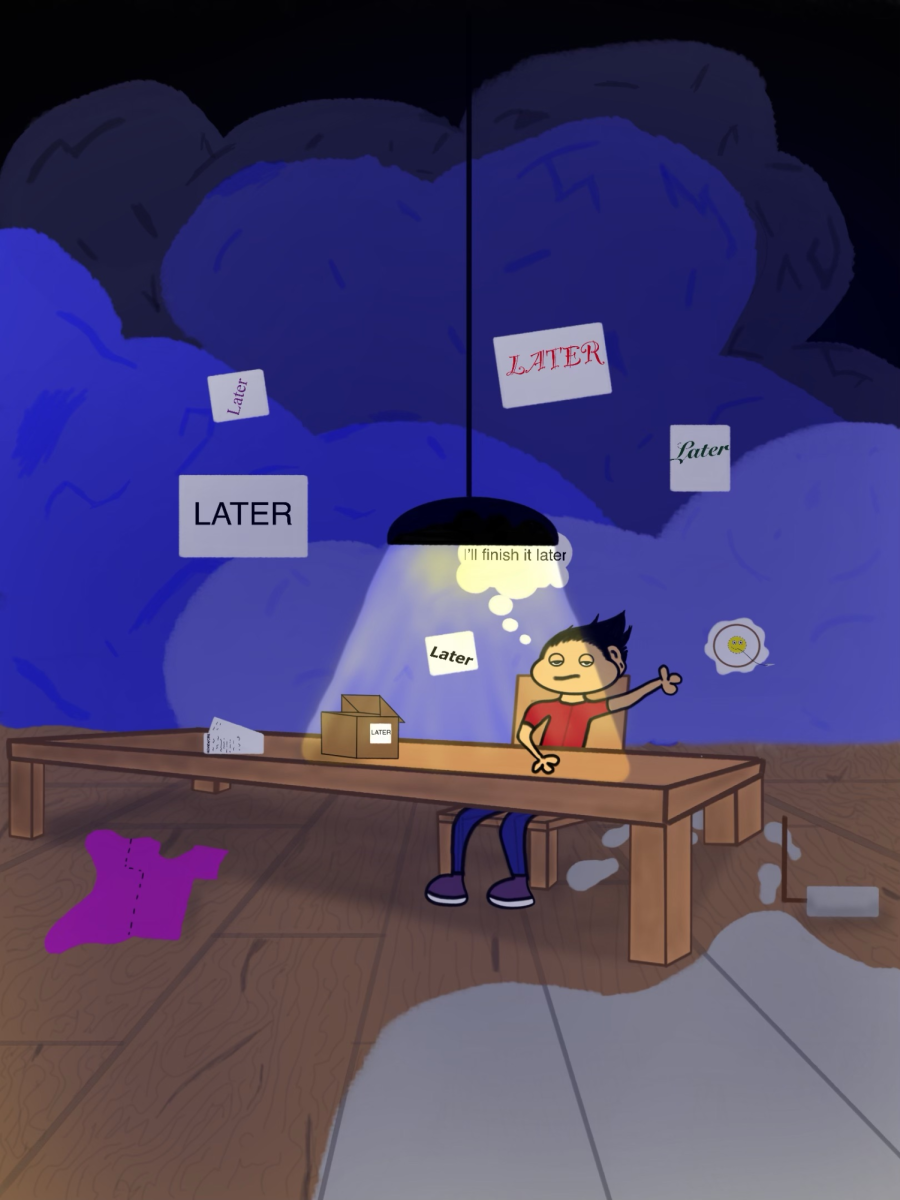Earthquakes Devastate Mexico
October 12, 2017
During the transition between summer and fall, many hurricanes and earthquakes struck areas south of the Equator resulting in major damages that are predicted to take decades to repair. Mexico is currently among the most damaged locations due to an earthquake with a magnitude of 7.1 that recently hit. This earthquake caused mass destruction to buildings, devastating cities as a whole and leaving many places with substantial damage.
Earthquakes are labeled by their epicenters, and are caused by the movement of two tectonic plates coming together at fault lines. The “Mexico City” earthquakes startled people in the middle of the night and forced them into a state of panic that lasted for 4-6 days nonstop without rest. Over 4,000 buildings were knocked down by the disaster, and fear permeated throughout the country as fast as they fell. The recovery regained momentum as the citizens continued to grasp what had just happened. As they continue to try to move on and rebuild the capital, the fallen buildings and lives lost are a constant reminder of the moment in time that will never be forgotten in Mexican history.

There was no time to plan for this emergency. As soon as the earthquake hit, this life-or-death situation sent the people of Mexico City fleeing for their lives, many not knowing what was occurring at the time.
This was not the first earthquake to ever affect Mexico, but rather one of many. In fact, just this year alone, Mexico experienced over 1,700 earthquakes over the magnitude of 1.5. This specific earthquake formed at rupture lines near the North American tectonic plate on Sept. 19. While the depth was only 33 miles compared to 70 miles, the damage was more significant because the energy was concentrated more on the surface of the Earth rather than deeper.
Another point of concern is the speed of earthquakes. In comparison to hurricanes, earthquakes are much faster and less predictable, which makes them harder to be tracked in order to send out warnings to residents. The earthquake actually occurred on the anniversary of the 1985 earthquake that claimed the lives of over 10,000 people. While there were at least 318 casualties from the Sept. 19 earthquake, the percent of casualties decreased by over 3,000% in the past 32 years, as compared with 1985. Those who lost loved ones and family friends mour n while also attempting to rebuild their lives.
n while also attempting to rebuild their lives.
Political figures suggest that the reconstruction of Mexico could bring a positive change to the way cities protect themselves from natural disasters. Many citizens hope that Mexico will become more united after enduring a tragedy together.
Although, most people know that there are earthquakes in Mexico, the general public seems to know the bare minimum.
Global History Teacher David Rabinowitz explained that “with natural disasters occurring so often and American politics constantly being televised, the media coverage has not been picking up the stories.” Sophomores Christopher D’Aleo and Nicholas Focarazzo both agreed that Mexican citizens should be notified with earthquake warnings much sooner especially because Mexico is built on a shallow lake bed.
The structural damage to buildings is currently being studied to determine whether it was the earthquake or the way that the foundation was built that caused the most damage. The persistent fear of subsequent catastrophe lingers with the people of Mexico.







































